In 1973, Aaron Lansky, a Jew, later to become the founder and President of the National Yiddish Book Centre, became interested in Yiddish. He was in his first semester at New Hampshire College, Amherst, Massachusetts.
In his book, 'Outwitting History: The Amazing Adventures of a Man Who Rescued a Million Yiddish Books', Lansky describes how a course about the Holocaust led to a curiosity about the intimate lives of European Jewry as a people, not just a religious group. Their language was Yiddish.
Lansky began learning this almost forgotten language. His teacher, Professor Jules Piccas, gave him the task of translating the brilliant but difficult Yiddish novel, 'Der Sotn in Goray' ('Satan in Goray') by Isaac Bashevis Singer.
After two years translating the book from Yiddish to English, Lansky felt ready to tackle other great Yiddish works. But where were they?



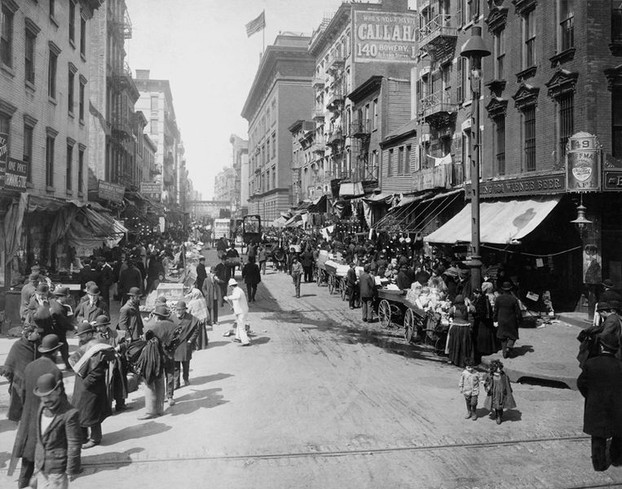



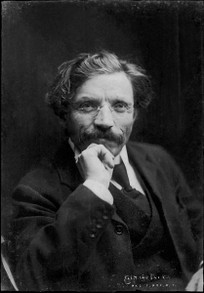



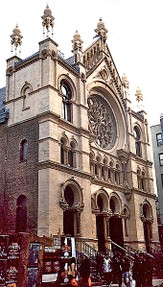
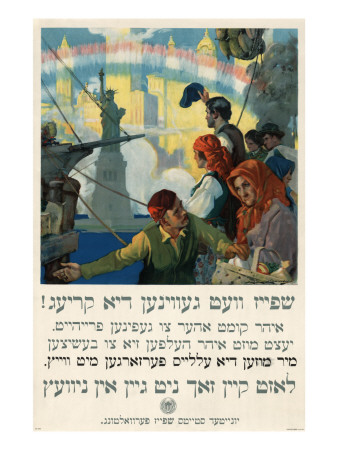
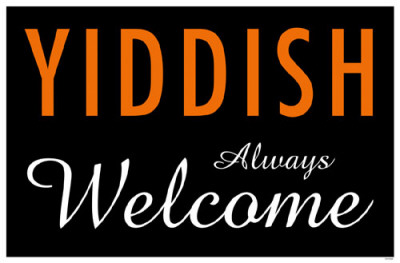
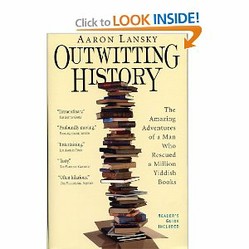

 How to Choose a Walking Cane or Stickon 08/01/2014
How to Choose a Walking Cane or Stickon 08/01/2014
 Michael Miller Fabulous Fabric Swatches for Quilting, Crafts etcon 07/02/2014
Michael Miller Fabulous Fabric Swatches for Quilting, Crafts etcon 07/02/2014
 The Drama of Life in the Rock Poolon 06/08/2014
The Drama of Life in the Rock Poolon 06/08/2014
 The Flâneur - Symbol of Modernity in 19th Century Parison 05/09/2014
The Flâneur - Symbol of Modernity in 19th Century Parison 05/09/2014

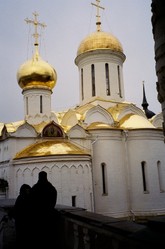
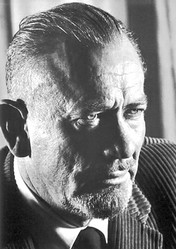
Comments